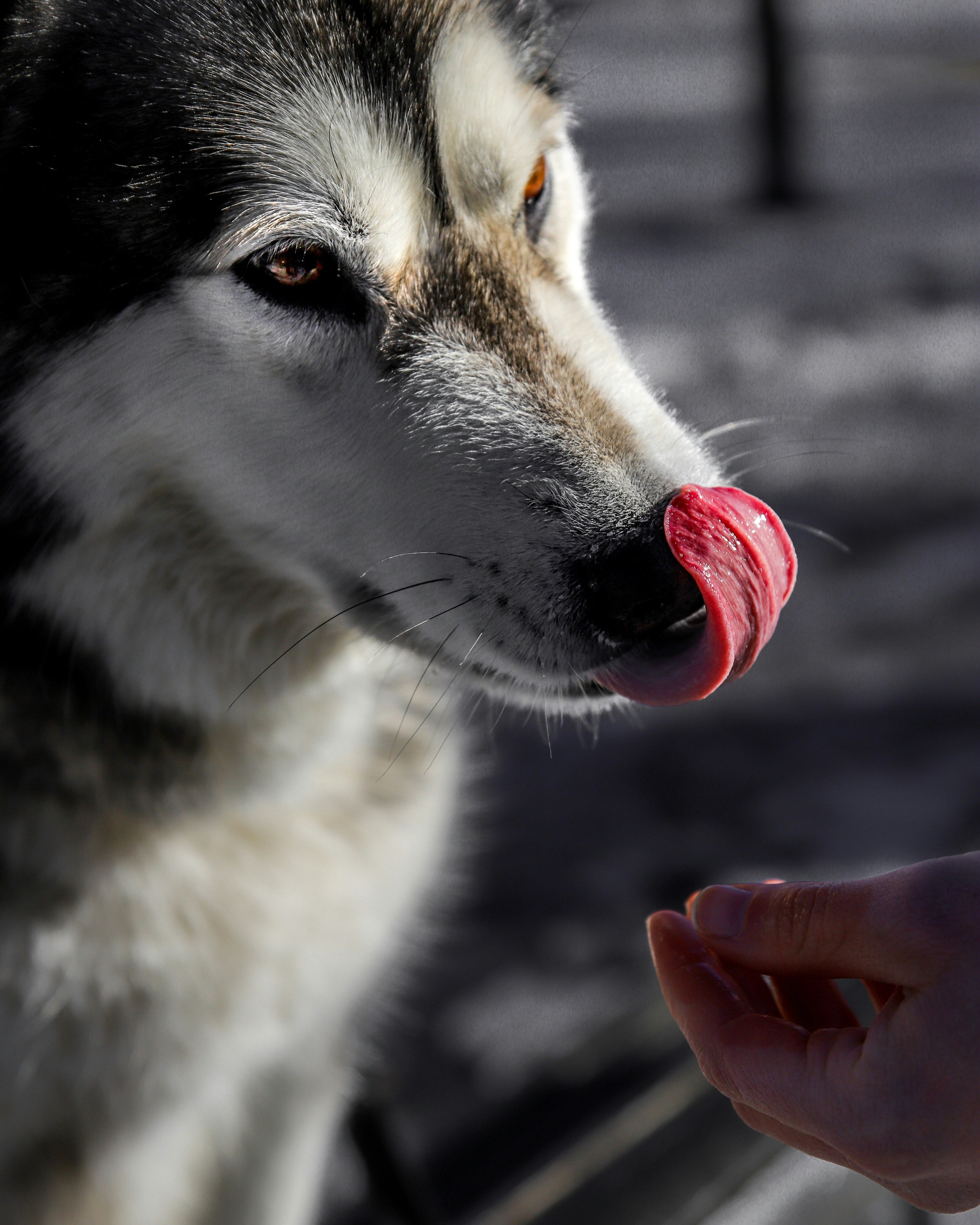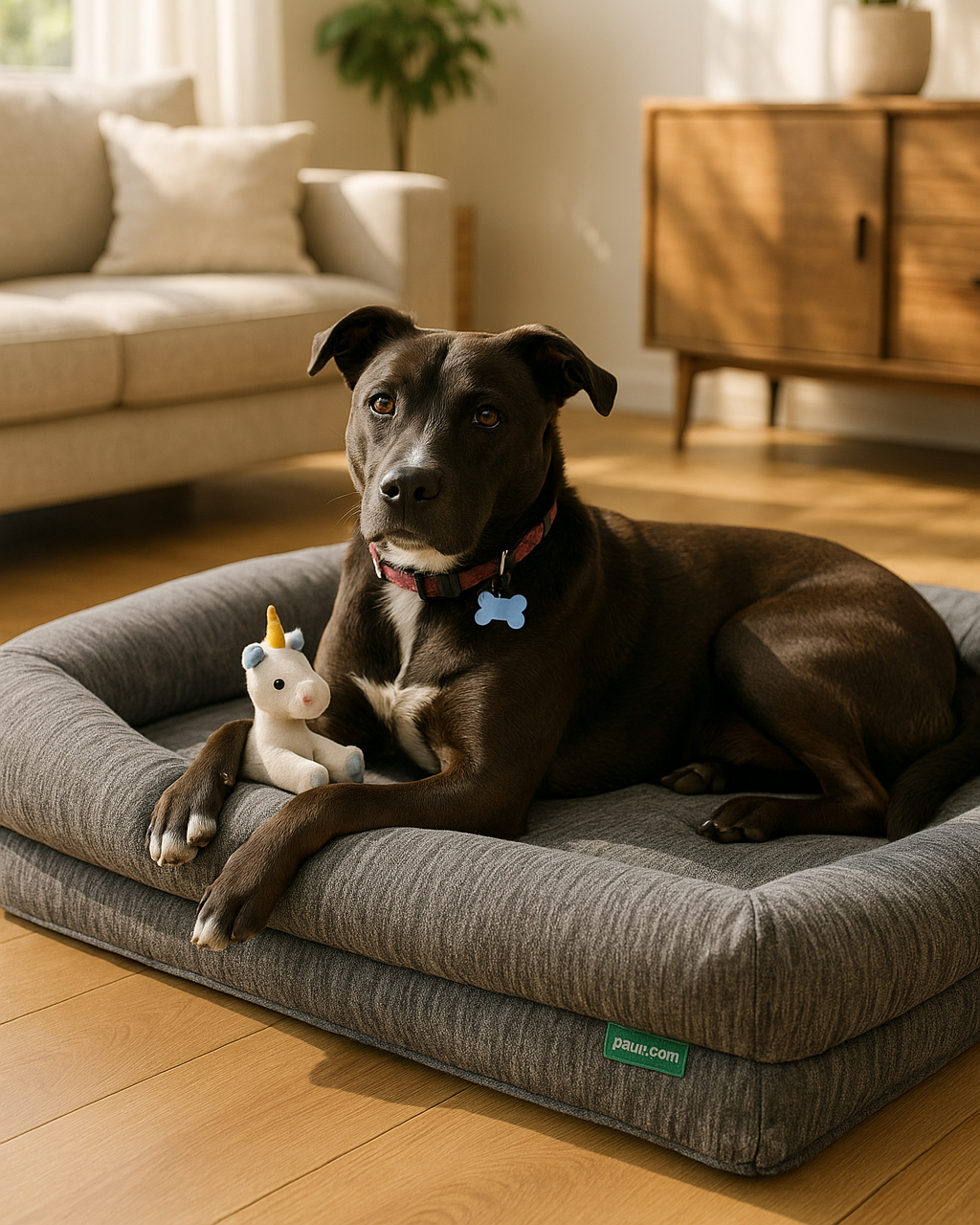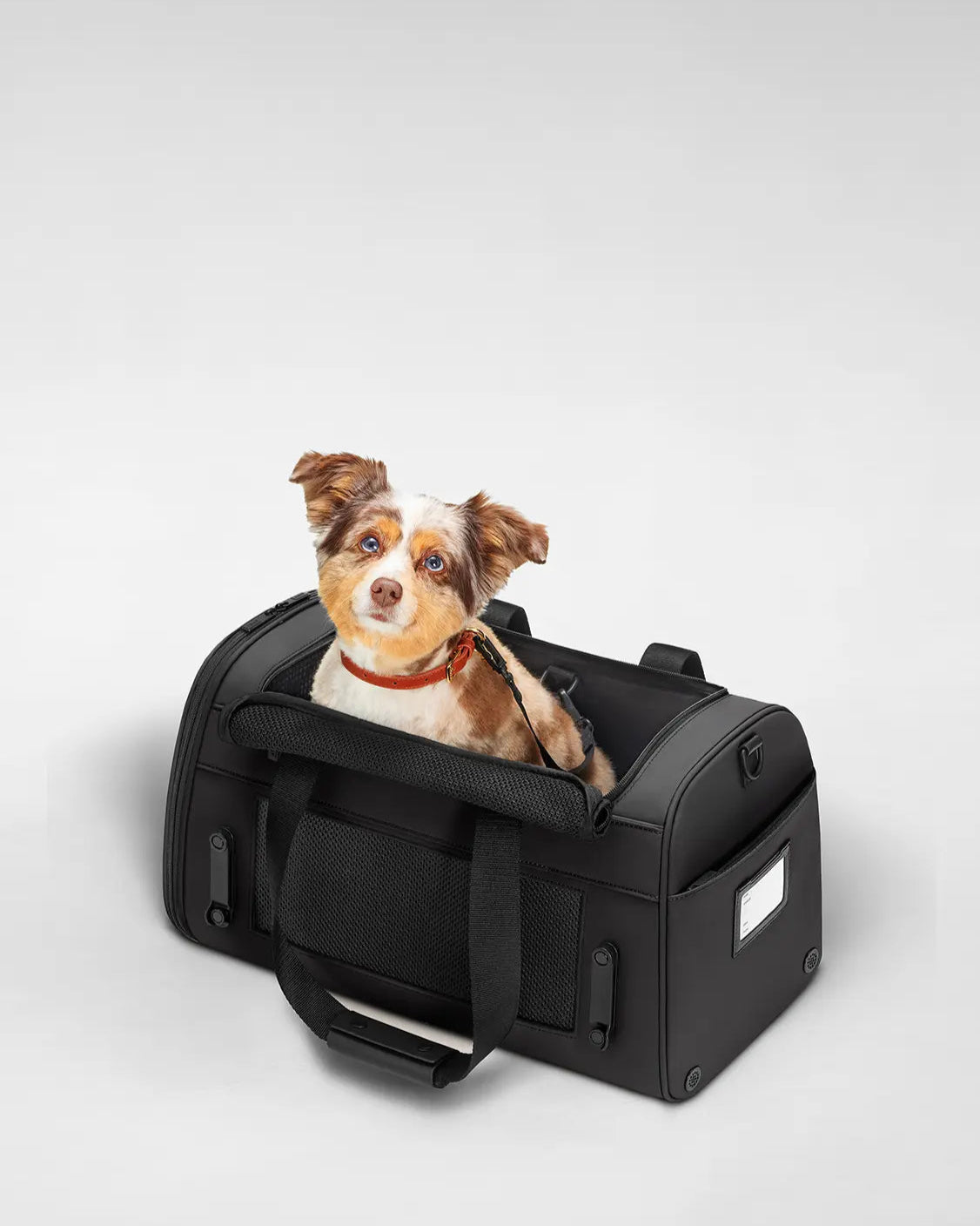
Why Dogs Tilt Their Heads: The Adorable Behavior Explained
If you live with a dog, you’ve probably noticed that adorable head tilt shows up at just the right moments, usually when you’re talking, mentioning a favorite toy or saying the magic word: “walk?” It looks cute, but it isn’t random. In fact, dogs have around 18 muscles in each ear, compared to just six in humans, so a tiny tilt can help them tune in more effectively to sound. Beyond that, head-tilting reflects how dogs pay attention, perceive cues and engage with what we're saying.
That being said, let’s take a closer look at why dogs tilt their heads so we have a better understanding of this adorable behaviour.
What Science Actually Says About the Head Tilt
Let’s start off with the science. For decades, people assumed dogs tilted their heads just because it made them look cute, and to be fair, it works. But recent studies suggest there’s more going on.
In late 2021, researchers published findings in Animal Cognition showing that dogs tilted their heads more often when hearing words they recognized. This points to a cognitive component: head tilting may reflect a dog’s effort to focus, remember and process what you’re saying.
In short, the head tilt could be a sign that your dog is paying close attention, not just reacting reflexively.
Is It About Hearing or Understanding?
As we mentioned, one common reason for head tilting is sound. Dogs have flexible outer ears and wide ear canals that catch noises in different ways depending on how they move their head. By tilting, they can fine-tune how sound reaches each ear, making it easier to figure out where a noise is coming from, especially if it’s quiet, distant or there’s a lot of background chatter.
Many owners, however, discover that their dog tilts during conversation rather than in response to random stimuli. That is the understanding component. Dogs quickly learn which sounds matter most, like their name, the jingle of a leash or the word “walk.” When they tilt their head, they may be trying to link that familiar sound to what usually happens next. So the tilt likely does two jobs at once: it fine-tunes hearing and shows they’re paying close attention.
A Clearer View: How Vision Might Play a Role
There’s also the visual angle. Many dogs with longer muzzles may block part of a person’s face when they look straight on, making it harder to see the full range of expressions. Tilting moves the muzzle out of the way, providing a better view of your mouth and expressions.
That said, dogs are skilled at reading our eyes, brows and tiny expressions. Tilting their head can give them a clearer view of our face, which may help them better understand what we’re feeling or saying. This visual benefit likely works alongside their improved hearing.
Why Your Dog Always Tilts the Same Way
Owners sometimes claim that their dog favors one side over the other, as seen by a consistent left or right tilt in various settings. That pattern hints at lateralization, where each side of the brain has its own job, like one hemisphere focusing more on certain sounds or tasks. Dogs show brain-side preferences in many behaviors. A consistent head tilt usually isn’t a problem, it just reflects how their brain is wired to process information.
Paying Attention: How Dogs Connect Sounds to Meaning
Pay attention to the timing: the tilt often appears at the exact moment a dog is resolving a mental puzzle, such as matching a word to an object, a sound to a routine or a name to a person.
You can think of it as a visible attention marker. Just as humans might lean forward or furrow their brow when concentrating, dogs may tilt to optimize incoming information while their working memory assembles the next action.
After the tilt, you'll usually see the decision. The dog heads to the door, scans the toy basket or looks toward the treat cabinet.
Why Some Dogs Tilt More Than Others
There are certain reasons why some dogs tilt more than others, such as:
• Anatomy: Muzzle length, skull shape and ear carriage can change what the tilt “does” for hearing and vision.
• Learning History: Dogs who’ve been reinforced for name-object games or who live in word-rich homes may tilt more during speech because those sounds predict outcomes.
• Temperament and Engagement: Some dogs, especially those inclined toward curiosity and human connection, show more pronounced head-tilting behaviors.
• Age and Experience: Young dogs tilt a lot while they’re figuring us out, compared to seniors who may do it selectively for sounds they still consider important.
None of this ranks dogs by intelligence, it simply reflects how body, brain and life experience intersect.
When a Head Tilt Might Signal a Health Issue
While we know that most tilts are brief, situational and accompanied by engagement such as soft gaze, responsive ears or relaxed posture, you may be wondering if it could be a signal of a health issue.
A persistent head tilt, particularly one held to a single side at rest and accompanied by imbalance, circling, vomiting, strange eye movements or ear scratching, may suggest an inner ear infection, vestibular disorder or other neurological problems. That pattern requires a veterinarian examination.
That being said, trust your instincts. If the tilt differs from your dog's regular "listening" manner or appears with other symptoms, have it evaluated.
What We Still Don’t Know About Head Tilting
There’s still a lot we don’t know about head tilts. Do certain breeds tilt more often? Does direction connect to sounds or emotions? Can training influence the habit? Research will uncover more in time. For now, remember this: every head tilt is a mix of curiosity, attention and love.
Want to learn more about your dog and how to care for them? Explore our website at Eva for plenty of helpful resources, premium product selection and insights to help you strengthen your bond with your pup!
























Leave a comment
This site is protected by hCaptcha and the hCaptcha Privacy Policy and Terms of Service apply.